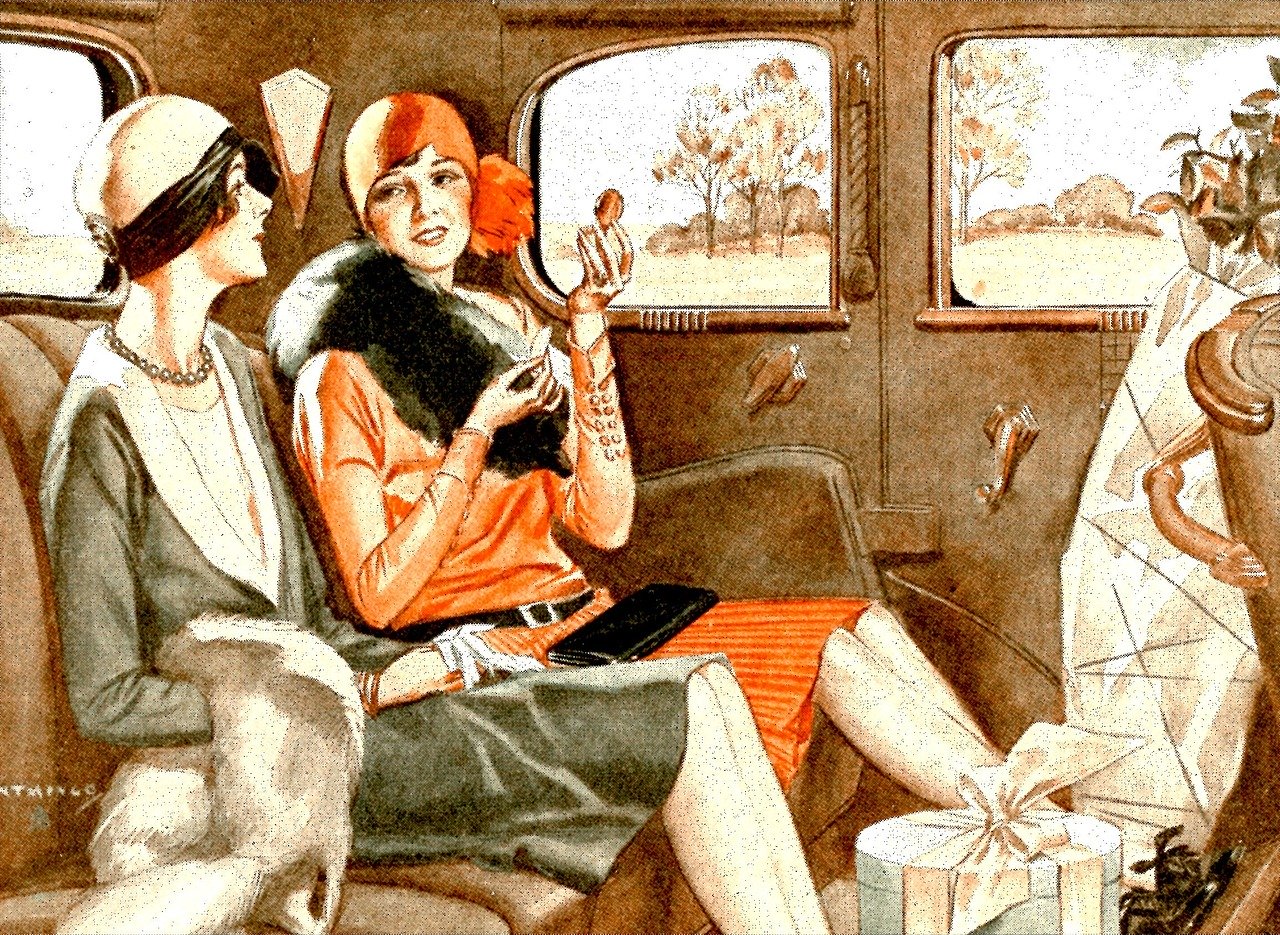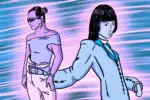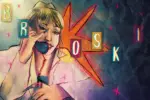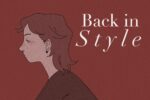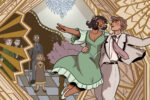Modern fashion can be grouped by eras, united by a similar style at certain points in history. The idea of style alludes to the way in which things are made, which is why one can identify how certain fashion trends defined certain eras. Fashion can be defined as the prevailing style of dress at any given time, with the strong implication that it is characterized by change as well. But how much has it changed, truthfully?
From ball gowns to something slimmer. From punk to grunge. Each passing era provided their own spin on fashion trends that came up with ways to defy expectations and challenge certain standards. Looking at modern fashion, however, one can observe that certain styles are making a comeback. If they have not already, that is.
Nostalgia is a key factor. For example, a person can just look at the way the 1990s have resurfaced in recent years: the decade of plaid, chokers and platform shoes. And what most younger generations might not realize is that this particular era created its own take on the ‘70s, whose popular music, movies and television greatly influenced the way people dressed — not unlike its predecessors.
The girls from “The Craft” and the flannel-wearing grunge musicians were there for ‘90s kids the same way Annie Hall and Led Zeppelin were there for those 20-some years before that. The hippie/bohemian lifestyle had a major influence on this period’s own style; it is also important to bring up these particular two decades because of how they each brought some flavor into what is considered stylish nowadays. Coachella and other music festivals have brought back the bohemian look synonymous with the attendees of the millennial Woodstock while flannel and plaid shirts have made a roaring comeback in the 2010s.
Continuing with this discussion of the past, it can be useful to take a look at what fashion was like 100 years before. For both men and women, 1920s fashion was all about dressing in your best while leaving your morals back at home (for those who could afford to anyway). Women wore drop waist dresses that hung anywhere from the ankle on up to the knee (but never above since they were daring enough as is!) while men wore suit jackets for the party.
And once again, music played a great influence on the youth since jazz music had sparked the need to dance in a livelier way, especially for women who had gone long enough with being constricted by their clothing (helping to coin the iconic term “flapper,” the group of socially unconventional women we are familiar with when thinking of this era).
So far, it does not seem today’s fashion has gone that far back just yet, with the daring flapper outfits, long cigarettes and Capone-style suits mainly cropping up when Halloween comes, or when one is hosting some kind of Gatsby-themed party.
It seems so far that the one thing that has stayed from the original Roaring ’20s, even in modern fashion, is the determination to keep up with the latest trends and express oneself through material possessions. However there is still the appeal of certain looks, styles and nostalgia that are considered timeless as they also serve the purpose — intentional or not — of causing people to feel and look good.
No matter the era, there is still a certain fact that people have a sort of habit to want some kind of change, a rearrangement or simply just a different look. Whatever the trend may be, the influence it can bring possesses some appeal for fashion lines before something else is somehow introduced into pop culture. Eventually, the appeal of earlier trends becomes more enticing and causes people to want to experience life through the clothing, usually by younger generations that feel the allure that the timeless trends have.
So I should not be the one to tell you that recycling past styles is a common thing in the world of modern fashion, because it happens every good amount of years. And even if it is all done in different ways, the inspiration from a particular era can still be easily seen. Fashion repeats itself. It is not really going forward, except with maybe the way it is all exposed differently. But the return of particular fashion trends does not necessarily mean that history is repeating itself. So let us hope that if Roaring ’20s fashion makes a full comeback, it will leave the Prohibition and the start of the Great Depression behind.
Fashion is seemingly always going to be ever-changing with the new styles that are constantly entering into the mainstream. But for those with an old soul (or those who just do not have the time and money to keep up with maintaining an acceptable wardrobe for every season), they should not have to worry all that much with the way fashion has become cyclical. Certain styles may be coming back (if they ever even left in the first place), but in different ways.
So before you decide to ship off your (for now) out-of-style clothing to Goodwill, be sure to at least store away what still fits and is still flattering on you in a deep part of your closet or drawer. Give it some time and you just might be the next trendsetter!


